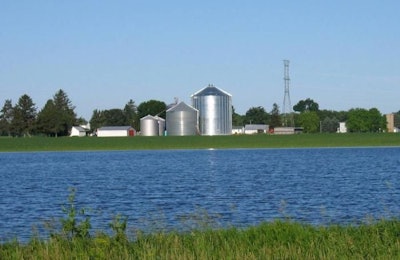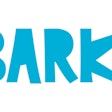
Mycotoxins, or dangerous chemicals produced by fungus, can affect pet food ingredients. Using a compilation of data from past weather patterns, combined with regional mycotoxin levels of past six years, multinational feed additives producer Nutriad has created a model to generating predictive information on future mycotoxin challenges. This model will be available in the United States.
Plant, animal, and human epidemics are influenced climatically hence forecasts of weather have already been developed to guide control strategies for many diseases worldwide Now Nutriad will relate weather-based plant disease forecasts to recent climate change models, and provide a prediction on the effects of climate change on the occurrence of mycotoxins.
Factors influencing mycotoxin mapping
Weather is a key player on crops contamination, as different mold grows in different temperatures and humidity, and can be stressed by climate changes in different stages of their lives. Higher than usual rainfall can stimulate mold growth while a drought can stress them, increasing the risks of mycotoxin production. The same can occur with temperature, as higher or lower than usual temperatures can influence molds to produce mycotoxins.
Over the next six months Nutriad will monitor weather conditions across the US and later in the summer the company will create a threat matrix measure for mycotoxin challenges in the 2017 small grains and corn crops. The threat warning will define levels as low, medium or high. The first of each month Nutriad will provide weather data that projects conditions forward for 30 days. Nutriad is cooperating with meteorologist Thomas Novak of Novak Weather Consultants.
Nutriad delivers products and services to over 80 countries through a network of sales offices and distributors. These are supported by four application laboratories and five manufacturing facilities on three continents.

















